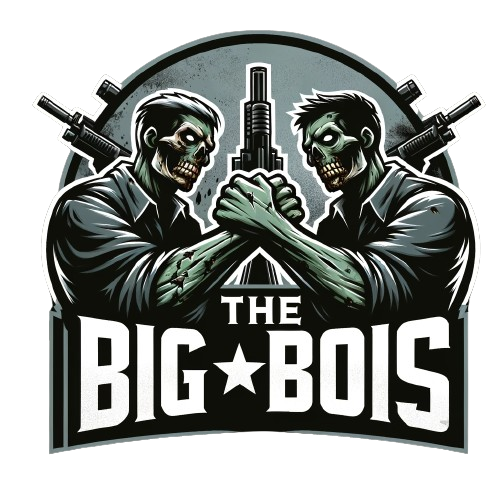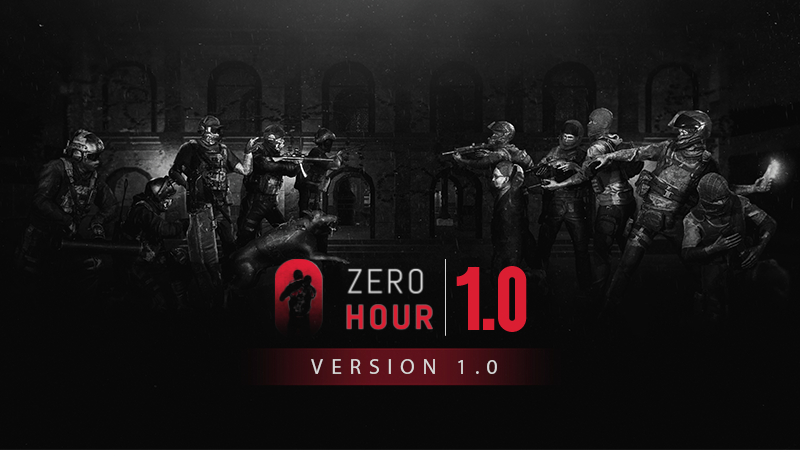If you’ve been around the tactical FPS scene for a while, you’ve likely heard of Zero Hour—an incredibly immersive, close-quarters, team-based game set in Bangladesh. I’ve spent around 30 hours with the game since its Early Access days, and I’ve seen it evolve from a rough yet ambitious shooter into something truly special. Today marks the launch of Zero Hour V1.0, and with its host of new updates, polished gameplay, and exciting additions, it’s safe to say the game is in a great place.
Developed by AttritoM7 Productions, Zero Hour has finally left Early Access as of September 9, 2024, and has officially launched on Steam. The game combines tense, realistic gunfights with tactical team-based mechanics, requiring careful planning and coordination—something fans of Rainbow Six Siege or SWAT 4 will instantly recognize. However, Zero Hour brings its own flavor to the table with its unique setting in fictional Bangladeshi locations, adding both cultural and atmospheric depth to each mission.
New Maps: Critical Response and Cocktail Crisis
One of the most exciting parts of the V1.0 update is the introduction of two new maps: Critical Response and Cocktail Crisis. Both maps offer fresh, gripping scenarios that add new layers of complexity and tension to the game.
- Critical Response puts players in the middle of a harrowing school shooter scenario. The stakes are high, and the mission demands not only tactical execution but also emotional resilience. Your team must navigate the chaos, neutralize threats, and ensure the safety of hostages.
- Cocktail Crisis takes place in a Bollywood-themed bar, where an active shooter situation escalates into something far more dangerous, uncovering a dark web of criminal activities. The dynamic layout and objective make it one of the most thrilling missions I’ve played in the game so far.
Both of these new maps offer a level of verticality and strategic complexity that, in my opinion, elevate Zero Hour’s gameplay to new heights. Whether you’re breaching doors in Cocktail Crisis or cautiously clearing rooms in Critical Response, each map demands thoughtful coordination and planning with your squad.
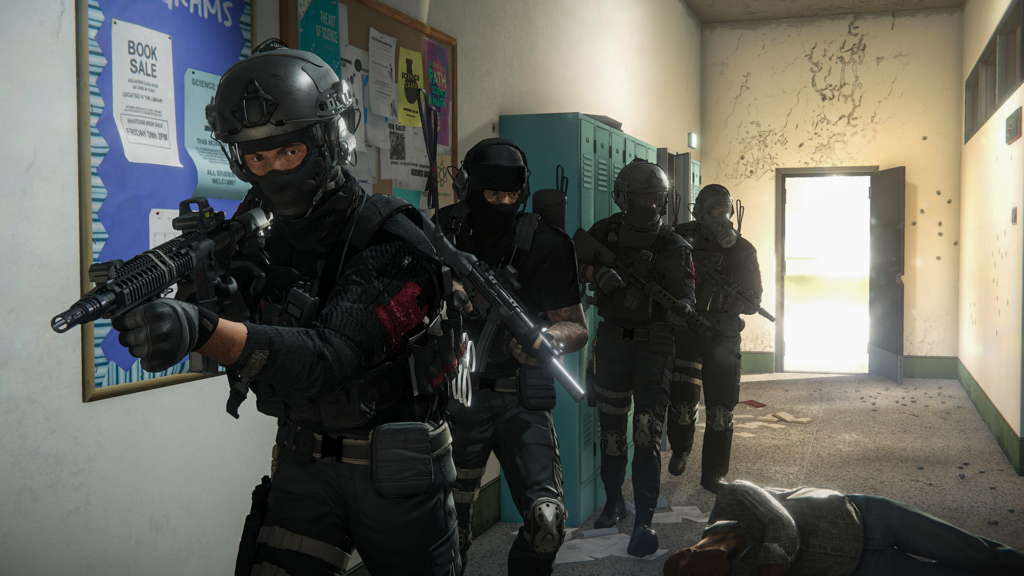
Polished Gameplay and Gun Sounds: A Step Forward
Another noticeable change in the V1.0 update is the complete overhaul of the gunplay and weapon sounds. Zero Hour has always offered realistic, weighty gun mechanics, but the 1.0 patch has taken things up a notch. The new gun sounds are crisp, punchy, and satisfying, adding a visceral edge to every firefight. It’s not just about the guns feeling good either—each shot feels consequential, especially with the game’s resource management system.
Speaking of polish, the updated Stamina System and Adrenaline Kit really streamline the gameplay. Now, you can sprint for longer periods without burning through stamina too quickly, but there’s a trade-off: push your limits too much, and your stamina will deplete faster the next time you try to run. It’s a subtle but meaningful addition that forces you to think about when to push and when to hold back.
New Door Mechanics & Tactical Depth
Long-time players of Zero Hour might remember the previous door interaction system as a bit clunky. Thankfully, the developers listened to community feedback and made significant improvements. The new door mechanics are much more intuitive. You can now open doors more fluidly without having to fiddle around with the knobs, but the tactical depth remains. You can still breach with C2 charges or use rammers, and the added touch of doors collapsing completely after a C2 explosion adds a dramatic flair to intense moments.
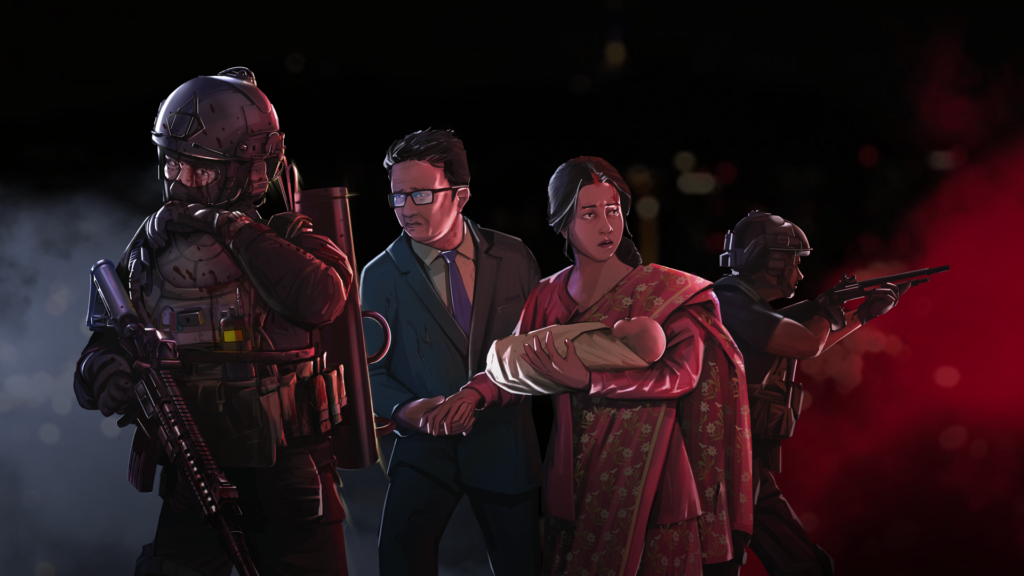
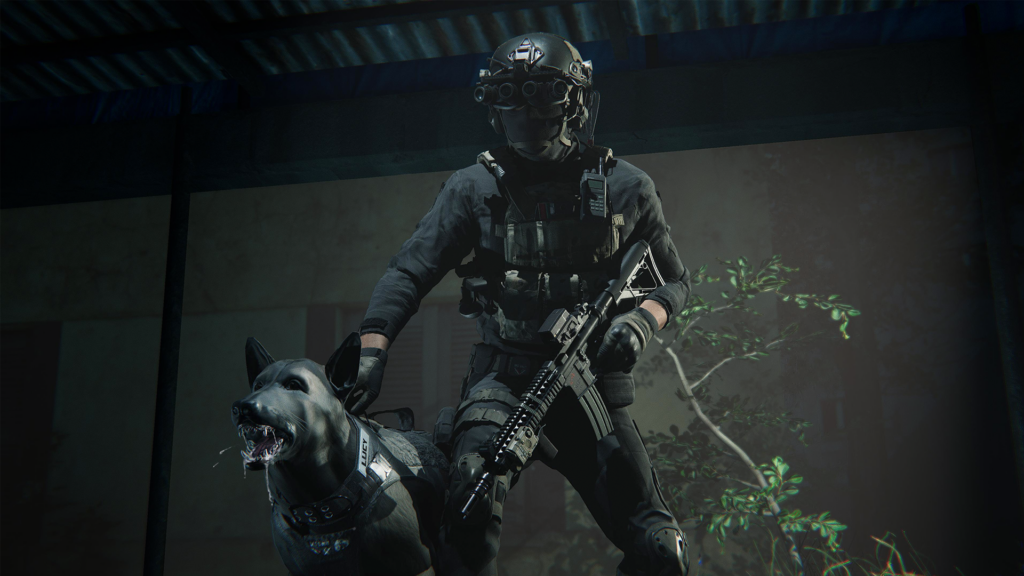
The Downed State & Revive Mechanic: Encouraging Teamwork
Another game-changer in V1.0 is the addition of the downed state and revive mechanic. In both PvP and Co-op modes, getting downed no longer means instant death. If you’ve got a medkit, or if a teammate does, you can be revived and jump back into the fight. This system doesn’t just give players a second chance—it also emphasizes the importance of teamwork. From my experience, this feature has made Zero Hour feel more cooperative than ever, as you really need to rely on your team to stay alive and complete the mission.
Enhanced AI and Squad Responsiveness
One of the major complaints during Zero Hour‘s Early Access phase was the inconsistent AI. While the suspects were often too predictable, the squad AI could be a liability. Thankfully, the V1.0 update addresses this. Both squad and suspect AI have been significantly improved. The suspects now behave more intelligently, moving to cover, taking hostages, and reacting dynamically to player movements. It adds a layer of unpredictability that makes every mission feel fresh and challenging.
The squad AI, on the other hand, now has better trigger discipline, smoother movement, and improved teamwork awareness. They actually feel like competent allies instead of cannon fodder, which makes coordinating attacks with them much more satisfying.
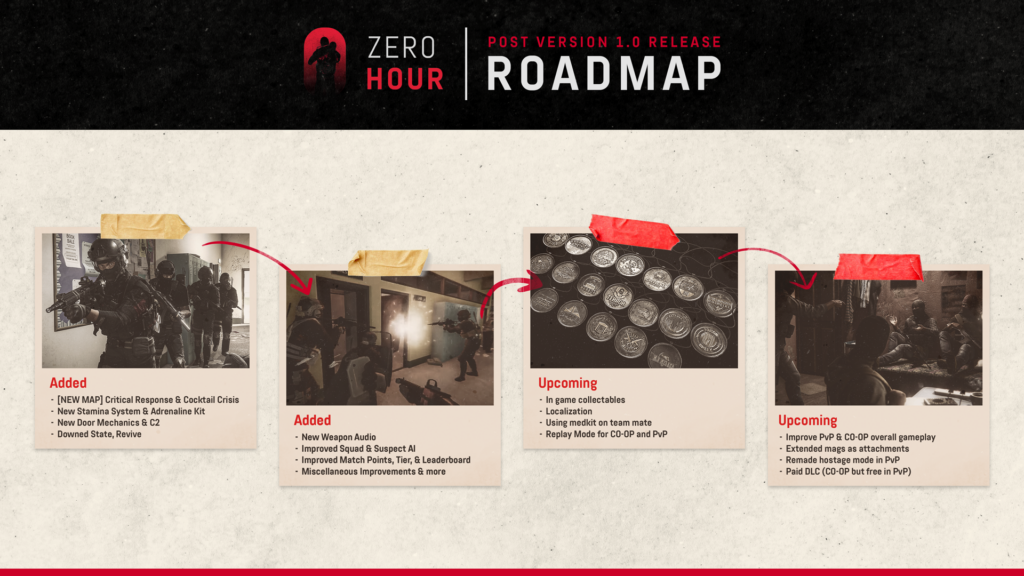
The Future Looks Bright
With this full release, Zero Hour is finally fulfilling its potential as one of the most immersive tactical FPS games on the market. The new content, polished mechanics, and enhanced AI systems have put the game in a fantastic position for both returning veterans and new players alike. If you’ve been hesitant to dive into the game before, now is the perfect time to jump in.
The future also looks bright for Zero Hour. The devs have teased exciting new features like in-game collectibles, a Replay Mode for Co-op and PvP, and a remade hostage mode for PvP. There’s also a paid DLC in the works for Co-op missions, which is something I’m personally excited for.
If you’re into tactical shooters that require careful planning, teamwork, and precision, Zero Hour V1.0 is a must-play. You can check out the V1.0 Release Trailer here and watch the developer gameplay trailer here. If you haven’t played the game yet, now is the time to grab it on Steam for $18.99.
Zero Hour has come a long way from its Early Access days, and with the 1.0 release, it’s clear that the developers have created something truly special.

